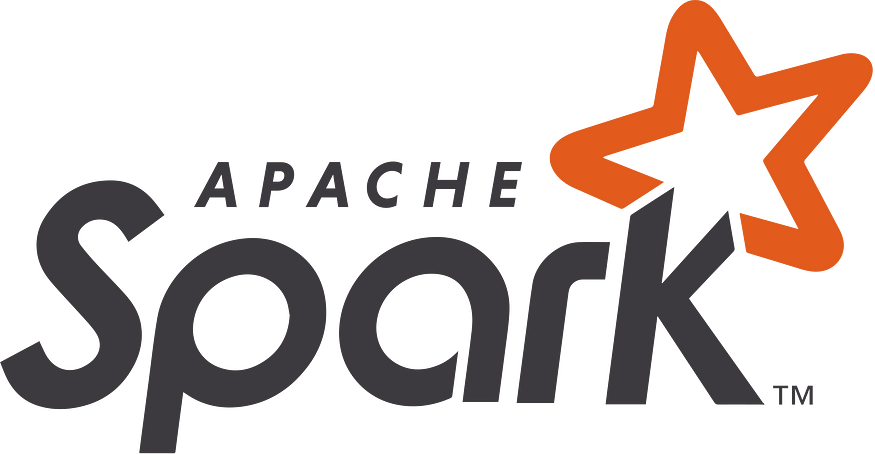Ever wondered what happens when you ask Spark to Load a 1GB CSV file? Let's break it down step by step, in simple terms, from the moment you hit go until you see the results.

Step 1: Getting Started
You command Spark to begin its tasks, either by typing commands or running a program.
Step 2: Checking the File
Spark makes sure the file you want to use exists and can be accessed.
Step 3: Slicing and Dicing
Spark determines how to divide the large 1GB CSV file into smaller partitions so it can work on them in parallel.
Step 4: Reading the Data
Spark reads the CSV file from wherever it's stored, like a hard drive or the cloud.
Step 5: Understanding the Columns
Spark quickly checks the CSV file to see what data it contains. It looks at the first few rows to guess things like column names and what type of data is in each column.
Step 6: Structuring the Data
Spark organizes the data into rows and columns, making it look like a table, which helps in easier processing.
Step 7: Storing the Data
Here's the crucial part: after organizing the data, Spark stores it in either RAM (memory) or disk storage, depending on the size of the data and available resources. If the data fits into memory, Spark prefers to keep it there for faster access. However, if the data is too large to fit into memory, Spark spills it onto disk storage to avoid out-of-memory errors.
Step 8: Partitioning the Data
Spark divides the organized data into partitions. Each partition contains a portion of the data and is processed independently by different executors in parallel.
Step 9: Showing the Goods
Finally, when you ask to see the data (maybe by using `show()`), Spark gets to work. It crunches the numbers, organizes everything, and then shows you the results on your screen.
Conclusion:
That's the journey your data takes when you unleash Spark on a 1GB CSV file. Spark's partitioning magic ensures efficient parallel processing, and its smart storage management ensures optimal performance, whether it's storing data in RAM or on disk.
References:
- Apache Spark Documentation: https://spark.apache.org/docs/latest/
- Learning Spark, 2nd Edition by Holden Karau, Andy Konwinski, Patrick
No comments:
Post a Comment